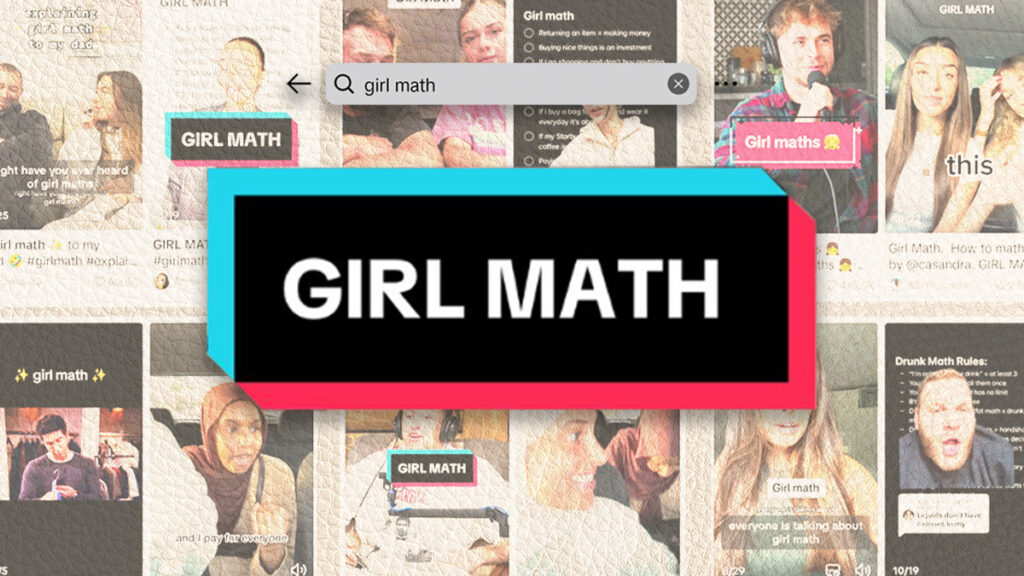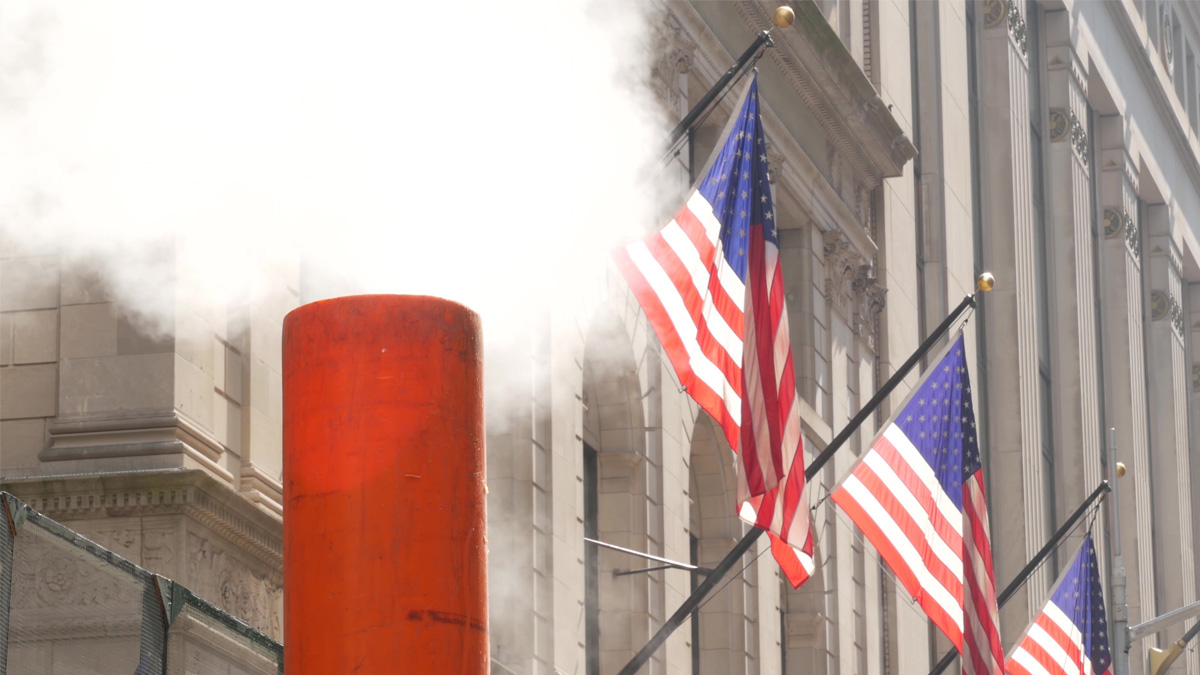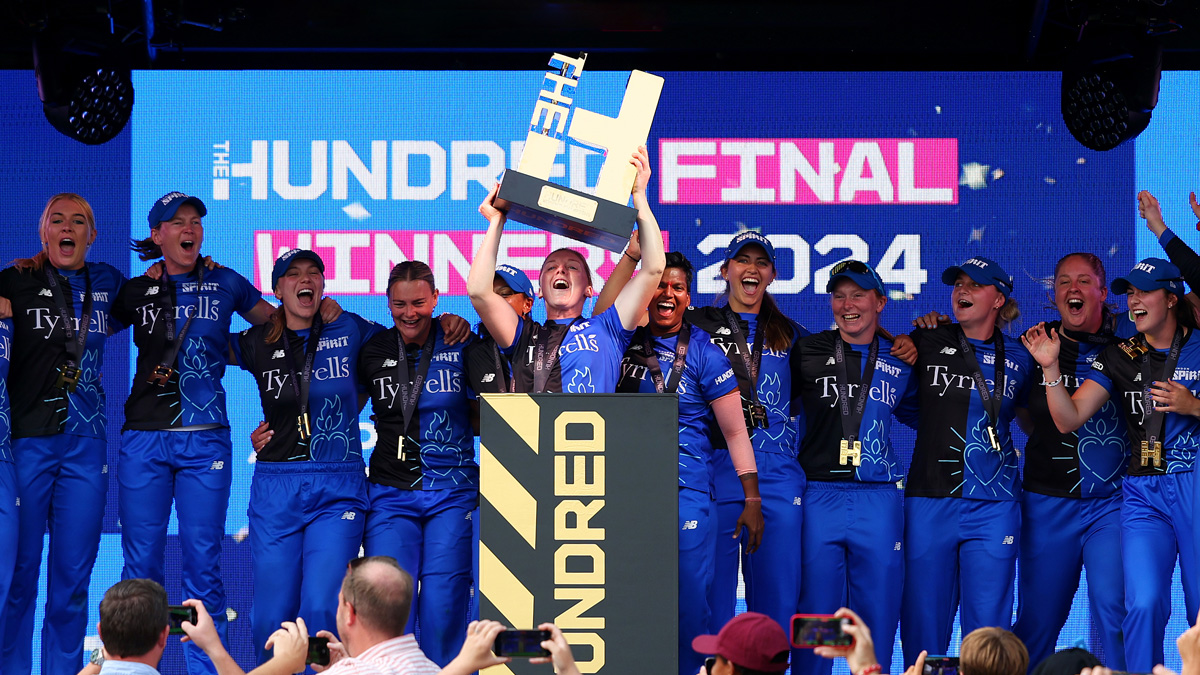Girl math: Economic genius or generational fad?

Do you ever find yourself justifying a coffee purchase at lunch or spending a bit extra on your online order to get free delivery? If you have, you may be guilty of partaking in the social media trend of “girl math.”
Spearheaded by female creators and originally from New Zealand, girl math is a set of “rules” created by TikTok user @samjamessssss to help women justify their spending habits.
Key examples of this concept by the TikTok user include “anything under $5 feels like it’s pretty much free,” “return something at Zara for $50, bought something else that was $100, it only cost me $50,” and “tickets that I buy months in advance, I show up to the concert and I’m like this was like a free concert.”
Ridiculed by some as perpetuating gender stereotypes like women being bad at handling their own finances, this is generally seen as a “tongue in cheek” view of consumerism.
According to Faye Martin, brand and content manager at GBM Group, the IT company, girl math is “the way us gals justify a purchase or anything of monetary value by working out how much it affects our lives or bank accounts.”
Girl math economy
In economics, there is a concept called “cost per wear”, which derives from determining the value of an item of clothing by dividing the cost by the number of times it’s worn. For example, if you buy a pair of shoes for £70 and wear them for 70 days, each wear costs £1.
However, this only works for products deemed low-value luxury, instead of high-value.
Consumers are currently wary of committing to high-value products, such as cars. Sales of cars to fleets, such as businesses, are up 30% year-on-year in the UK but sales to consumers are up just 0.3%, according to the Society of Motor Manufacturers and Traders, the trade body.
Consumers are struggling to justify big spending, as analysed by the 2000s term “the lipstick index” or effect.
Girl math is essentially an updated version of the lipstick effect. This is a term coined by Leonard Lauder, chairman of the board for cosmetic company Estee Lauder, where shoppers cut back on high-value luxury items in favour of low-value indulgence spent during times of inflation, like buying a coffee shop coffee or high-end lipstick brands, as opposed to expensive bags and watches.
There is also a South Korean phenomenon that emerged back in 2017 called “shibal biyong,” which loosely translates to “f*ck-it expenses.” The concept here is similar to girl math, where consumerism is being used as an outlet for societal stressors, one that equates to a taxi ride instead of public transportation, or an impulse purchase online.
On the concept of consumption, future outlooks are affecting how consumers spend their money. In her article for Foreign Policy, Jeongmin Kim said: “Short-term consumption has become a rational choice for maximizing the utility of money based on a realistic assessment of the future.”
We live in a culture of instant gratification, but that cannot outweigh the fact we live in difficult economic times.
Martin added: “These generations are deciding to use their money on things that matter to them, like experiences and experiencing the world, instead of objects and possessions.”
With house prices and cost-of-living increases, the stress of everyday living, especially for Gen Z and Millennials, has promoted an ingrained nihilism that somewhat justifies these purchases.
According to data company Kantar, consumer spending on promotions reached 27.2% of total grocery sales, which is the highest level since Christmas 2022.
Consumers are buying into discounted options as the ideal way to spend. A key girl math concept where future costs can be avoided by spending the money sooner, in economics, this is called ‘prospective cost’.
On top of this, Primark, the discount clothing retailer, has announced their UK sales increased by 11% year-on-year, driven by like-for-like growth of 10%, which is likely to be helped by their new customer website.
Discounted spending is a way to justify spending in an economy against Gen Z and millennials. According to Open Access Government, UK house prices are 65% higher today than in 1970. The economic outlook for younger people is bleak, so justifying smaller purchases is one way to help the stress of the cost-of-living crisis.
Will it last?
So, is girl math here to stay? Well, the concept is likely to stick around but the name will change. With previous iterations, like “treat yo self”, having a lasting effect on the economy, it is likely that this version of the lipstick effect is here to stay.
Nadia Vanderhall, founder and financial planner of the Brands And Bands Strategy Group said: “The notion of girlmath has shown how consumers make sense of their money management and personal finance.”
But how can companies use this girl math to capitalise on their wealth?
Martin says companies should “break down the cost of the product/service they are selling to their female audience to make the purchase justifiable.” She says,”If you can emphasise the value of an item by explaining how it will be worth it in their daily lives, they are more likely to spend.”
For example, Pizza Hut’s new advert with Anna Sitar called “7 ways to girl math” uses the social media trend with quotes like: “Ordering in means no doing the dishes tonight. Saving time, time is money. Girl math.”
Girl math is versatile and key for SMEs looking for better engagement in their product. Vanderhall said: “Businesses can learn about how their audiences think about their purchase journey and how it can impact their process of buying their products or using them.”
Richard Michie, chief executive of The Marketing Optimist, thinks it’s important to stay ahead with quick action on trending hashtags like #girlmath. He said that by doing this companies are “more likely to appear in more social media search results” and can even use it to “push discounts and sales.”
Another example is the company Two Bears, a canned iced coffee brand, that jumped on the girl math trend by making ‘coffee math’. Examples included “when you already had out cans in your fridge so you didn’t need to go out and buy coffee, you’ve made money,” and “when you drink 2 Two Bears coffees in the morning but it’s fine because it costs the same as picking up a coffee on the way to work.”




